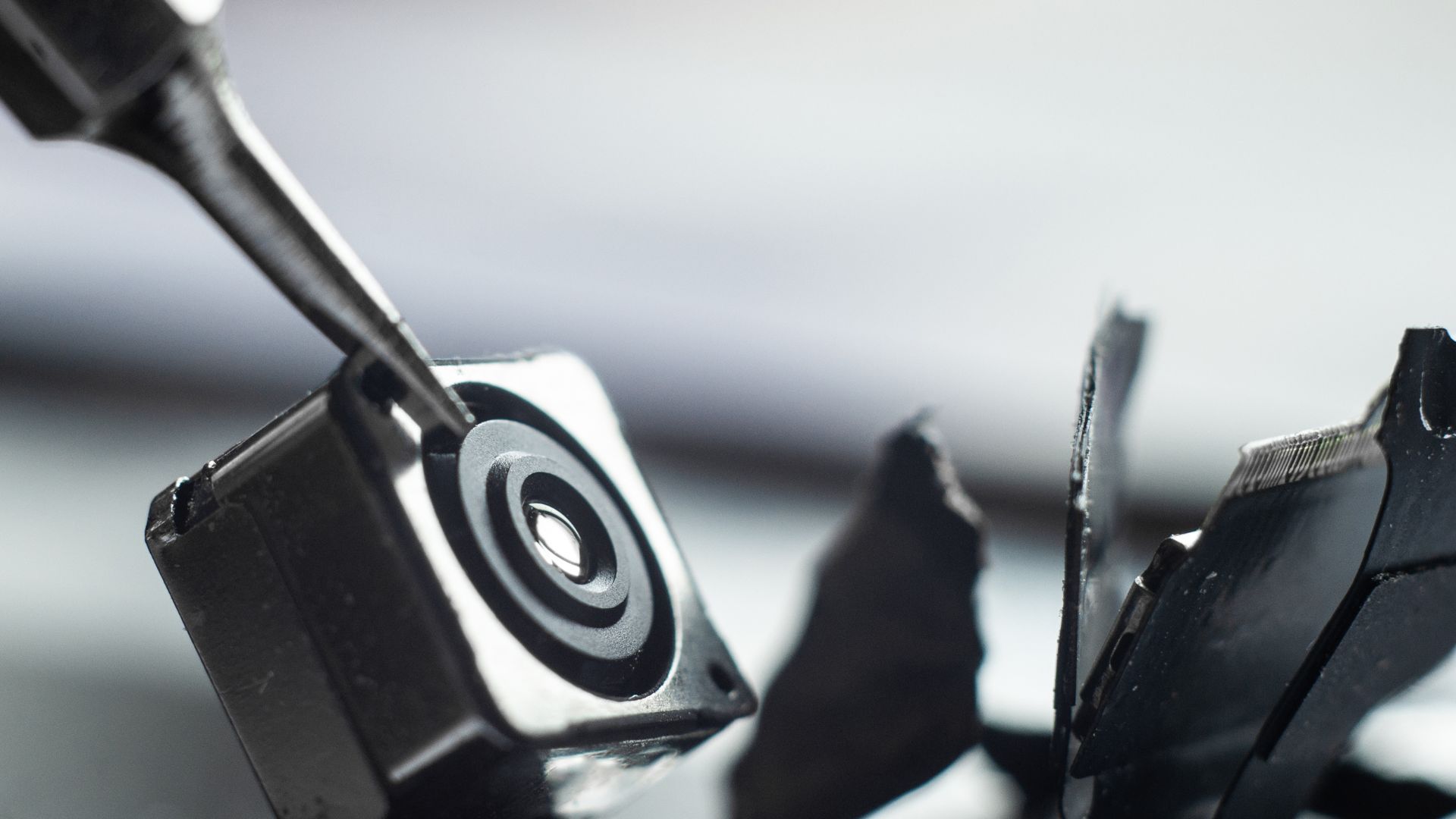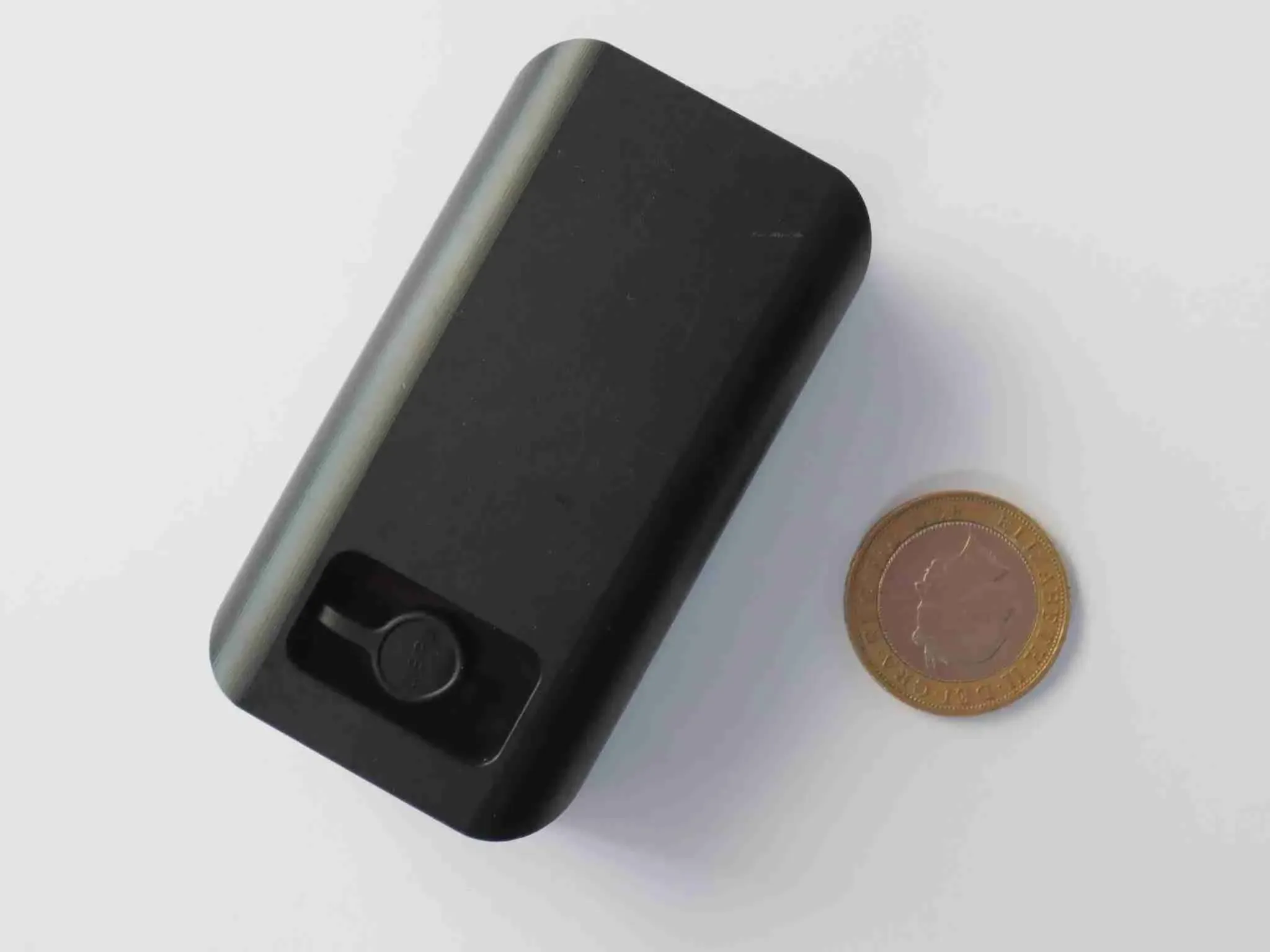Hidden GPS trackers are more common than most drivers realize. They can drain your battery, interfere with electronics, and quietly report your every move
1. Unusual Battery Drain and Electronic Behavior

GPS tracking devices require power to operate, which can affect your vehicle's electrical system. If you notice your car battery draining faster than usual without explanation, this could indicate a hidden tracking device. Modern GPS trackers transmit location data regularly, creating additional electrical load on your vehicle's power system.
Some tracking devices may also cause interference with your car's electronic systems, potentially affecting radio reception or causing unusual behavior in dashboard electronics. While these symptoms can have other causes, they warrant investigation if they occur suddenly without obvious explanation.
2. Unfamiliar Objects in Common Hiding Spots

Physical inspection reveals most hidden GPS trackers since they're typically placed in easily accessible locations. Wheel wells are among the most common hiding spots, as they provide metal surfaces for magnetic attachment while remaining relatively concealed during normal vehicle use.

Check under your vehicle's body, around the bumpers, and inside the engine compartment for any objects that don't belong. GPS trackers are often small, rectangular devices with strong magnets for attachment. Battery-powered trackers may be concealed in interior compartments, between seat cushions, or behind interior panels. According to LandAirSea, "most individuals wouldn't have the necessary resources to install this type of tracker in your car" when referring to hardwired devices, making battery-powered trackers more common for unauthorized tracking.
3. Devices Connected to Your OBD-II Port

The OBD-II diagnostic port, typically located under the dashboard near the steering column, is a prime location for GPS tracking devices. These trackers draw power directly from the vehicle's electrical system, eliminating the need for battery changes and allowing indefinite monitoring.
Check your OBD-II port for any unfamiliar devices. Legitimate OBD-II tools are usually removed after use, so any permanently connected device warrants investigation. These trackers are relatively easy to detect since they can only function when connected to this specific port, but they're also among the most persistent since they don't require battery maintenance.
If you enjoyed this guide, follow us for more.
4. Strange Behavior from People Around Your Vehicle

Be alert to unusual activity near your parked vehicle. Installing a GPS tracker typically requires physical access to your car, so someone placing a device may exhibit suspicious behavior like spending excessive time near your vehicle, looking underneath it, or appearing to work on something while you're away.
Professional investigators or individuals with malicious intent may attempt to install tracking devices quickly when opportunities arise. If you notice people showing unusual interest in your vehicle or if someone has had unexpected access to your car, consider conducting a thorough inspection for tracking devices.
5. Electronic Detection Methods

RF detectors and GPS bug sweepers can identify tracking devices that may not be visible during physical inspection. These electronic devices detect the radio frequency signals that GPS trackers emit when transmitting location data to monitoring services.
Professional mechanics or auto-electricians can identify hardwired tracking devices that integrate with your vehicle's electrical system. These installations require more sophisticated placement and are harder to detect without technical expertise. If basic inspection methods don't reveal anything but you suspect tracking, professional detection services can conduct more thorough electronic sweeps. According to Spy-Spot, modern GPS trackers have evolved significantly to include "real-time updates, customized driving reports, and instant alerts right to your phone."
6. Legal and Safety Steps

Vehicle tracking without consent is illegal in most jurisdictions, with penalties varying by state. For example, in Alaska it can be charged as a Class A misdemeanor punishable by up to one year in jail and fines up to $25,000. New Hampshire imposes lighter penalties but still classifies non-consensual tracking as a criminal offense.
Before removing any discovered tracking device, document its location with photographs and consider contacting law enforcement, especially if you suspect stalking or harassment. Legitimate tracking devices may be installed by employers on company vehicles or by parents monitoring teenage drivers, so verify the source before assuming malicious intent.
If you discover an unauthorized tracking device, removal procedures depend on the tracker type. Battery-powered devices typically have power switches or can be disabled by removing batteries. Simply disconnect OBD-II port trackers from the diagnostic port, though they may continue transmitting briefly on internal power.
Hardwired trackers require professional removal to avoid damaging your vehicle's electrical system. GPS signal jammers can temporarily block tracking signals, but their use is restricted or illegal in many regions. After removal, store devices safely as potential evidence and consider upgrading your vehicle's security to prevent future unauthorized access. According to Family1st, if you find a tracker, "first, contact your insurance or fleet manager to check if the tracker was placed legally" before taking removal action.
If you enjoyed this guide, follow us for more.








